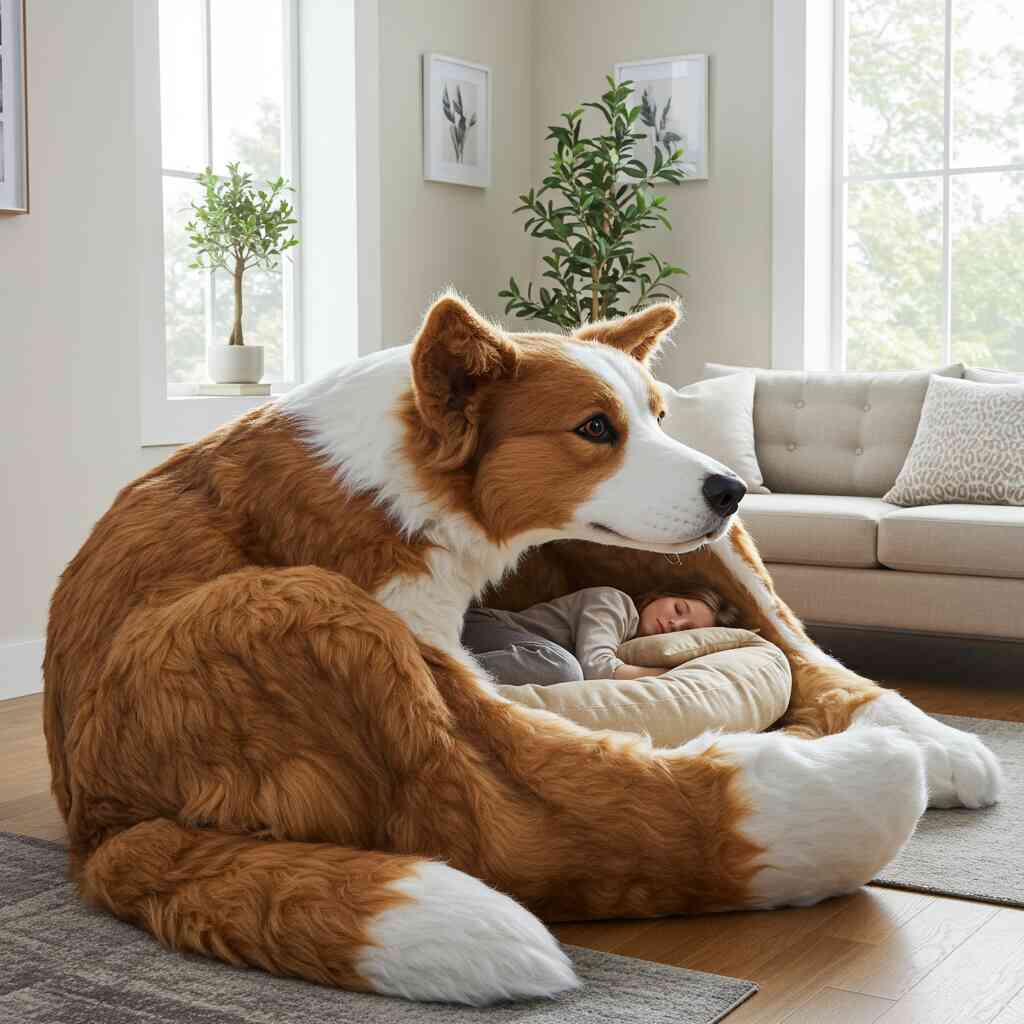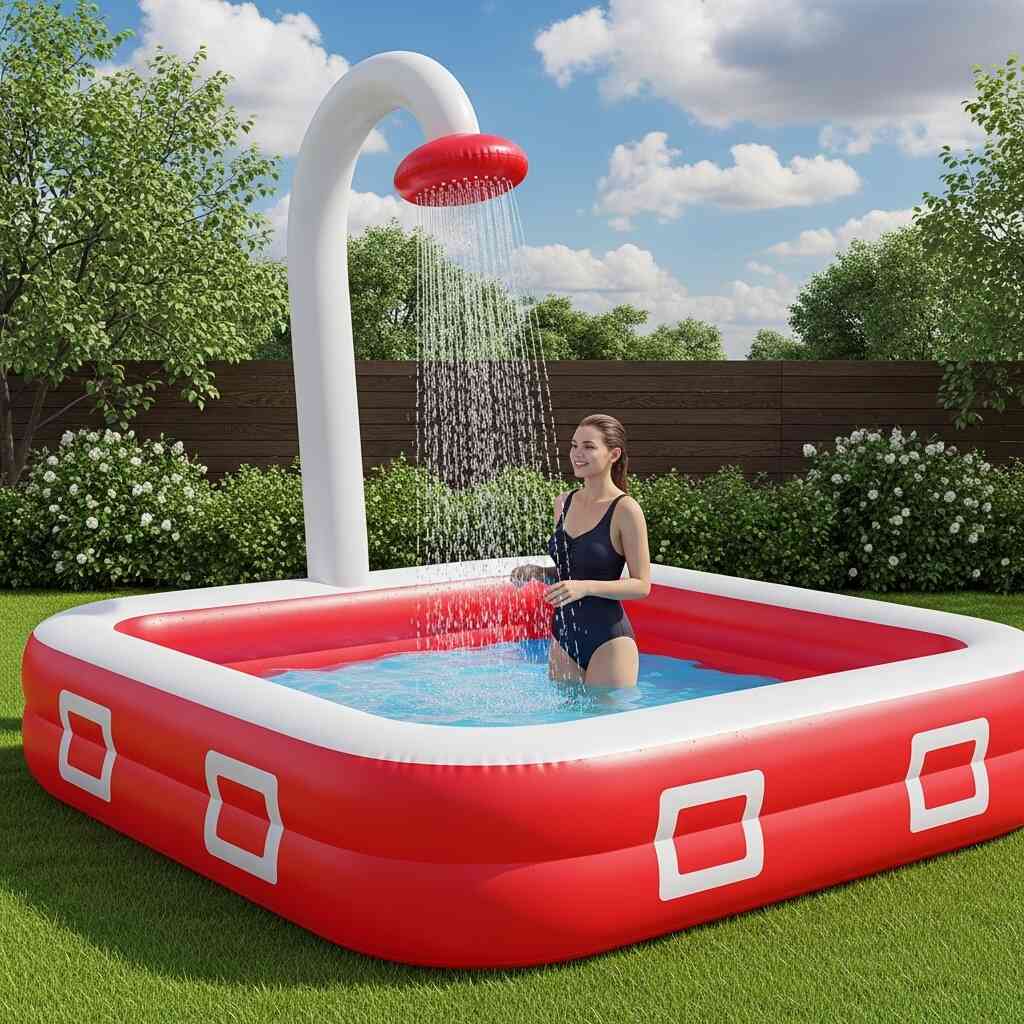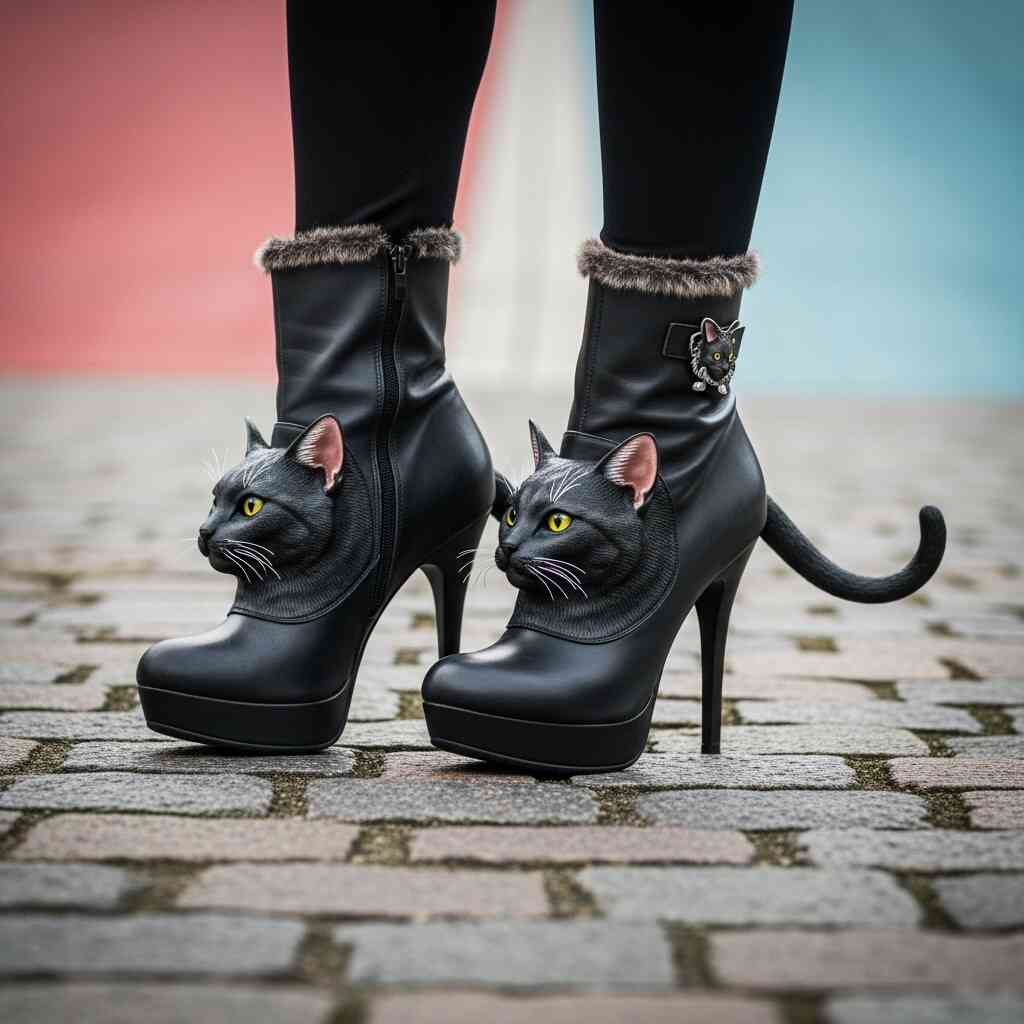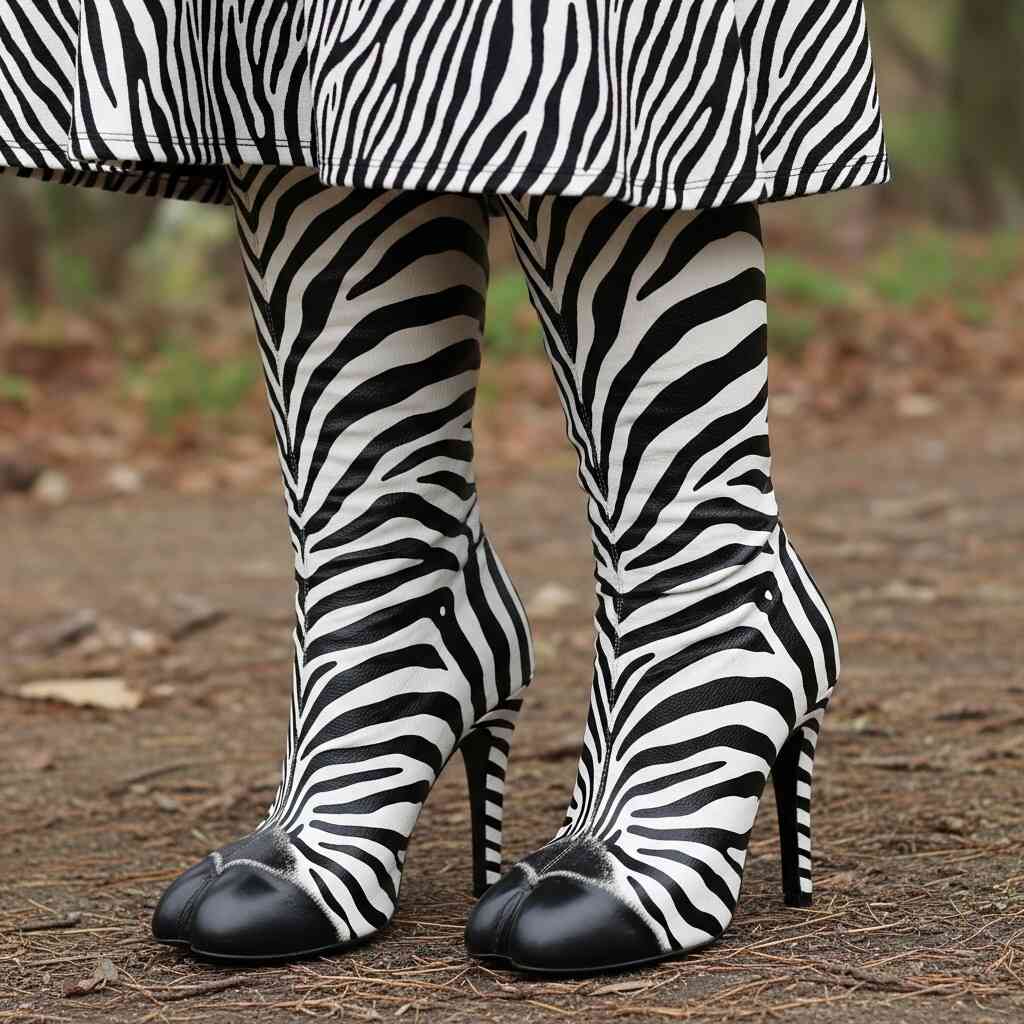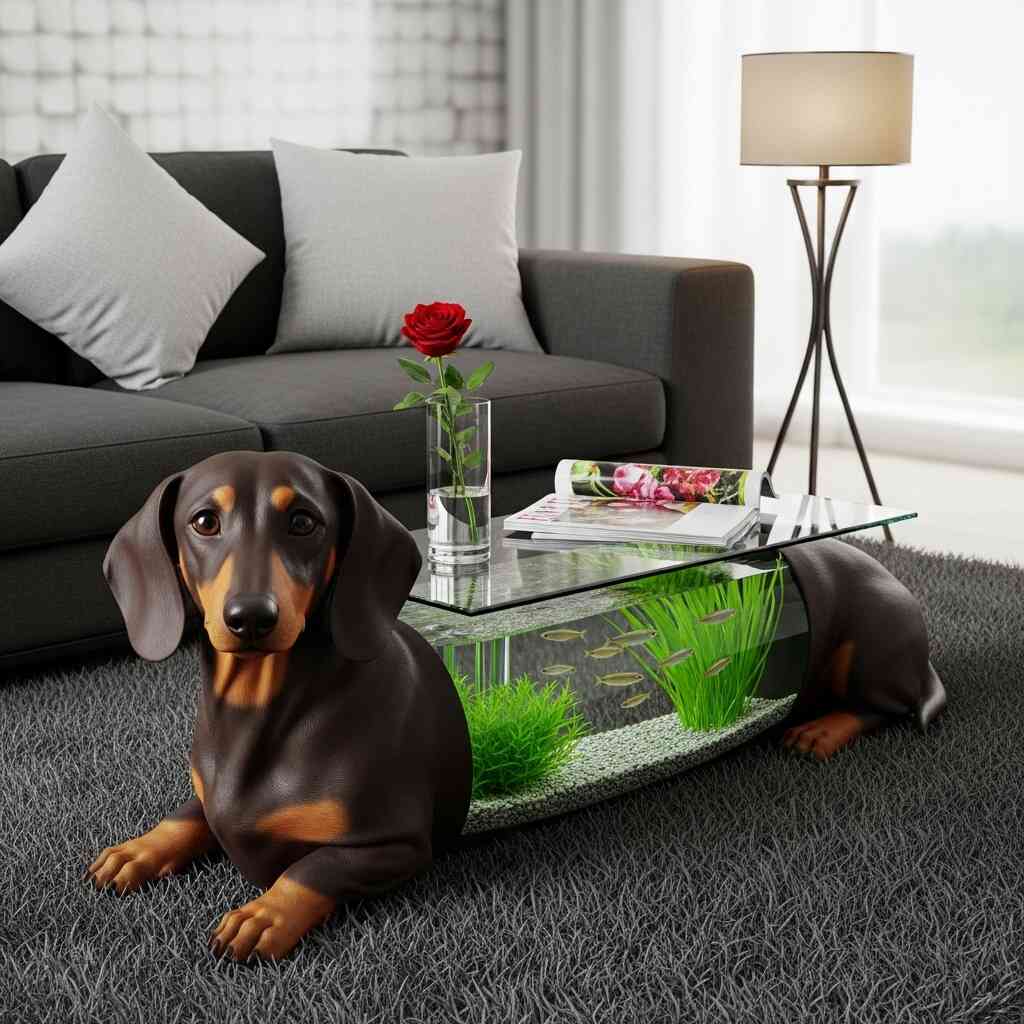In the ever-evolving world of interior design and home decor, comfort meets creativity in some of the most unexpected ways. One such innovation that has captured the hearts of pet lovers and design enthusiasts alike is the Hanging Cat Shaped Lounger . This whimsical yet functional piece blends the charm of feline companionship with the elegance of modern lounge furniture, creating a unique space within your living environment that is both inviting and expressive.
At first glance, the Hanging Cat Shaped Lounger may seem like a novelty item—something designed purely for aesthetic appeal. However, its presence in a room goes far beyond decoration. It serves as a statement of personality, a conversation starter, and above all, a cozy retreat that invites relaxation. Whether suspended from a ceiling beam, nestled in a sunlit corner, or placed on a balcony overlooking a garden, this type of lounger brings together form and function in a way that few other pieces can.
This article will explore the concept of the Hanging Cat Shaped Lounger , delving into what makes it special, how it enhances different spaces, and why it has become a beloved addition to homes across the globe. We’ll break down its features, discuss its versatility, and examine the emotional and psychological impact it can have on those who choose to incorporate it into their interiors.
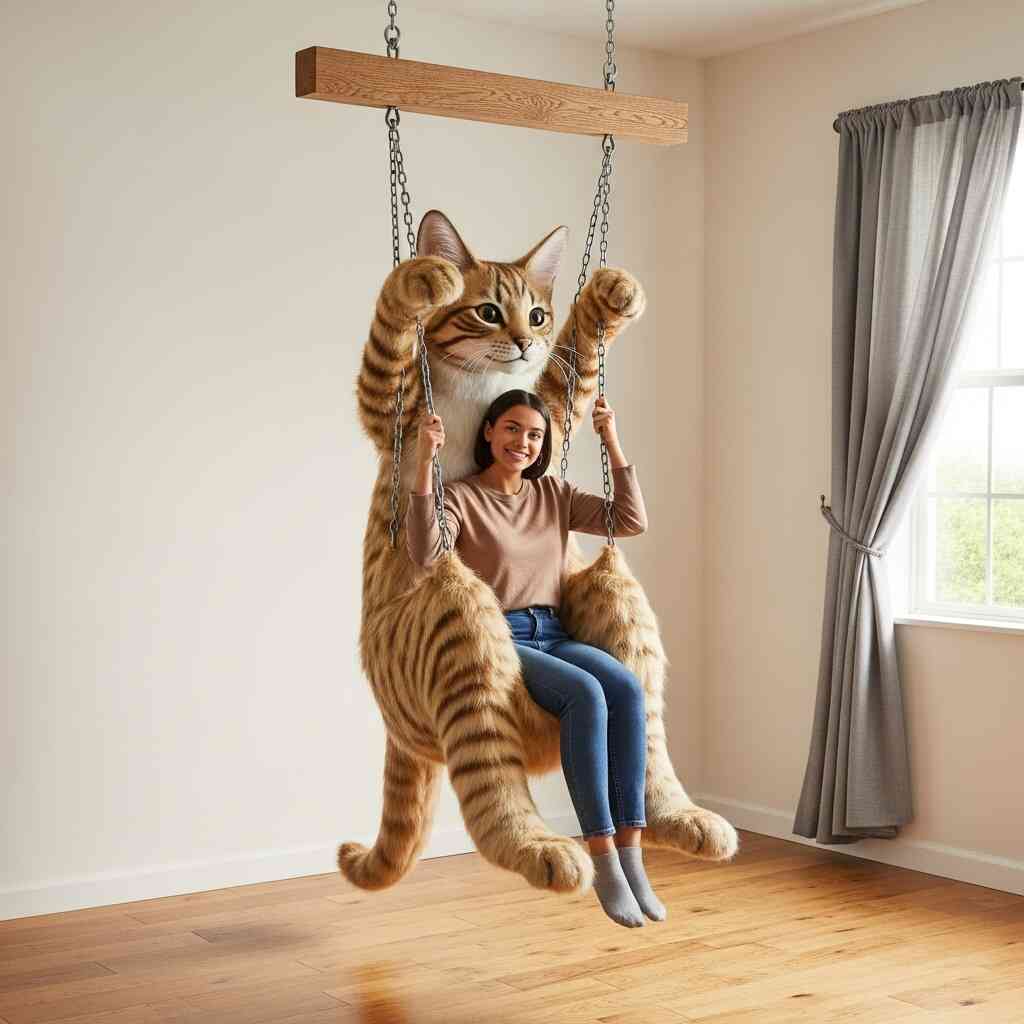
Part 1: Understanding the Hanging Cat Shaped Lounger
What Exactly Is a Hanging Cat Shaped Lounger?
A Hanging Cat Shaped Lounger is a piece of suspended furniture designed in the shape of a cat. Typically made from soft, durable materials such as woven fabric, plush cushioning, or even wood and metal combinations, these loungers are crafted to resemble a resting feline—complete with curved contours, rounded ears, and sometimes even a tail-like extension. The structure allows the lounger to hang freely from a ceiling mount or sturdy frame, offering a gentle swaying motion that mimics the soothing sensation of being rocked.
Unlike traditional hammocks or hanging chairs, which often feature simple geometric designs, the Hanging Cat Shaped Lounger stands out due to its thematic appeal. Its design is not just about providing a place to sit—it’s about evoking emotion, sparking joy, and bringing a sense of playfulness into any room.
The concept draws inspiration from two key elements: the popularity of cat-themed décor and the growing trend toward personalized, character-driven furniture. As more people seek to infuse their living spaces with personality and warmth, the Hanging Cat Shaped Lounger emerges as a natural fit—a piece that reflects individuality while serving a practical purpose.
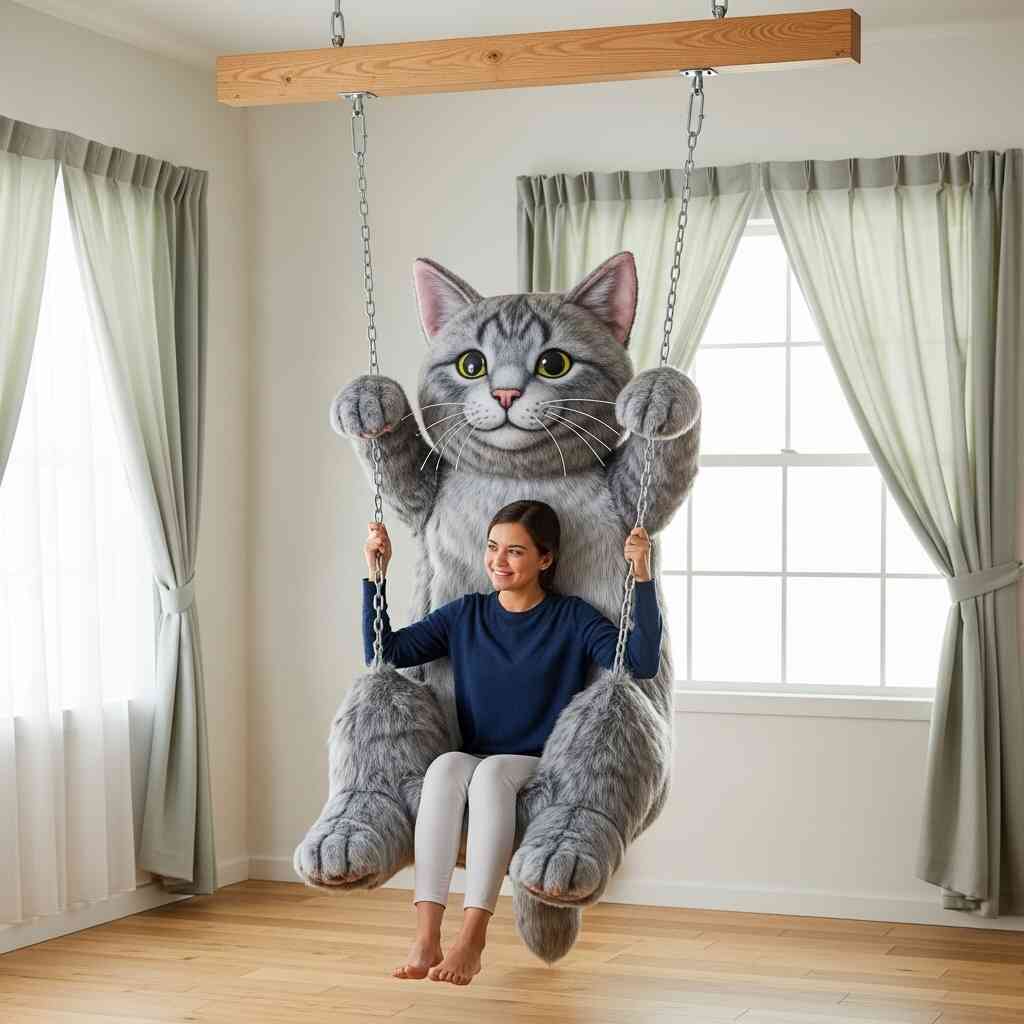
Design Elements That Define the Lounger
One of the most notable aspects of the Hanging Cat Shaped Lounger is its attention to detail. Designers pay careful attention to the anatomy of a cat when crafting these loungers, ensuring that the silhouette feels familiar and comforting to those who love animals. The head is often elevated slightly, mimicking a cat’s alert posture, while the body curves inward to provide support for the back and legs.
The materials used in construction vary depending on the intended use and location of the lounger. Indoor versions might feature velvet, faux fur, or cotton upholstery, while outdoor models may be made from weather-resistant fabrics such as polyester or acrylic. Some models include additional padding for enhanced comfort, while others focus on minimalism and lightweight portability.
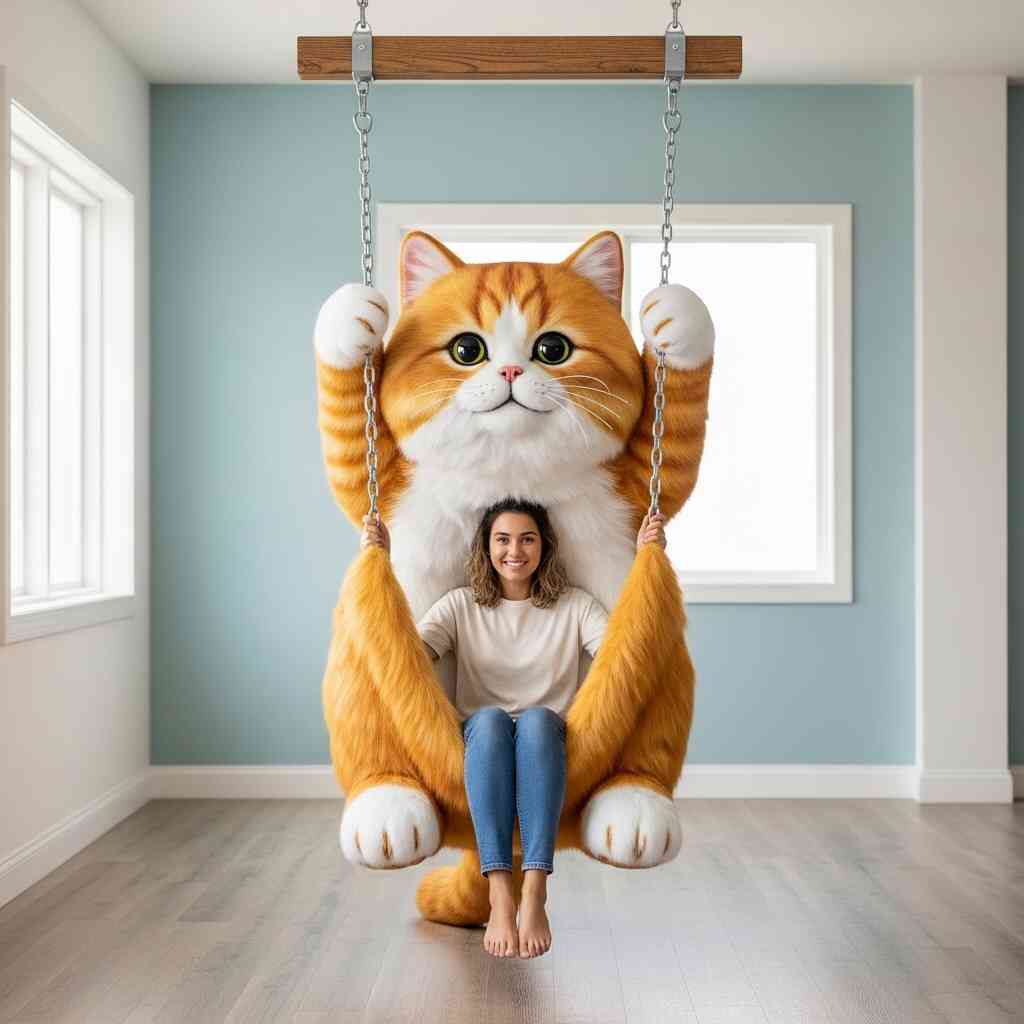
Part 2: Enhancing Your Living Space with a Hanging Cat Shaped Lounger
Aesthetic Appeal and Interior Harmony
Integrating a Hanging Cat Shaped Lounger into your home isn’t just about functionality; it’s about enhancing the visual harmony of your space. The playful yet elegant design of the lounger adds a touch of whimsy without overwhelming the room. When chosen thoughtfully, it can complement existing décor themes and elevate the overall ambiance.
For instance, in a contemporary setting with clean lines and neutral tones, a sleek black or silver-toned Hanging Cat Shaped Lounger can act as an artistic centerpiece. In contrast, in a child’s bedroom or a cozy reading nook, a brightly colored or patterned lounger can bring vibrancy and warmth.
The curved lines of the cat shape introduce organic flow into structured environments, balancing angular furniture and hard edges. This creates a more inviting atmosphere, where comfort and aesthetics coexist seamlessly.
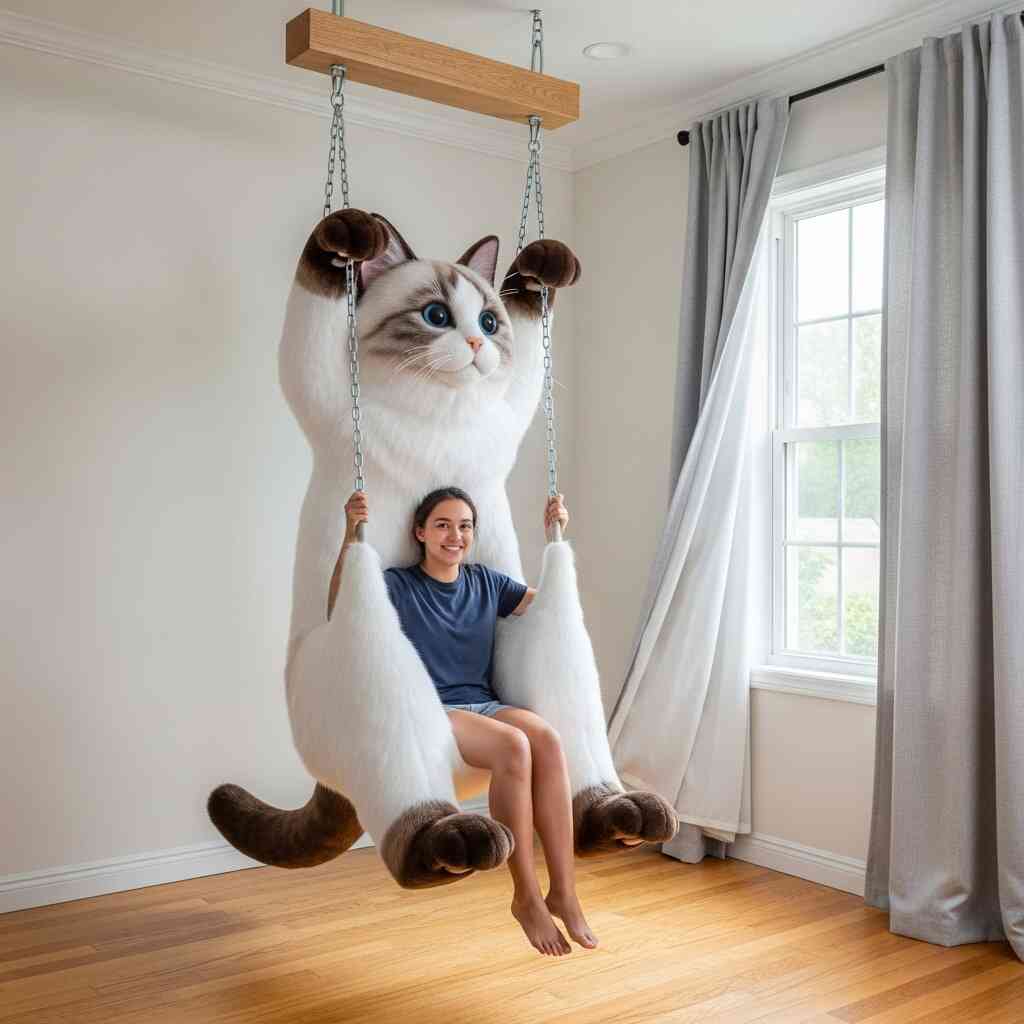
Creating a Personal Retreat
One of the most compelling reasons to include a Hanging Cat Shaped Lounger in your home is its ability to transform a corner or wall into a personal retreat. Whether you’re curling up with a book, meditating, or simply enjoying a quiet moment away from daily distractions, this lounger offers a sanctuary-like experience.
The gentle sway of the hanging structure mimics the calming effect of a rocking chair or cradle, promoting relaxation and reducing stress. This subtle movement can help soothe anxiety, encourage mindfulness, and create a peaceful rhythm conducive to restful moments.
Moreover, the enclosed shape of the lounger fosters a sense of privacy and coziness. Unlike open seating arrangements, the cat-shaped design envelops the user, offering a secure and intimate space. This makes it an excellent option for introverts or anyone seeking a quiet escape within their own home.
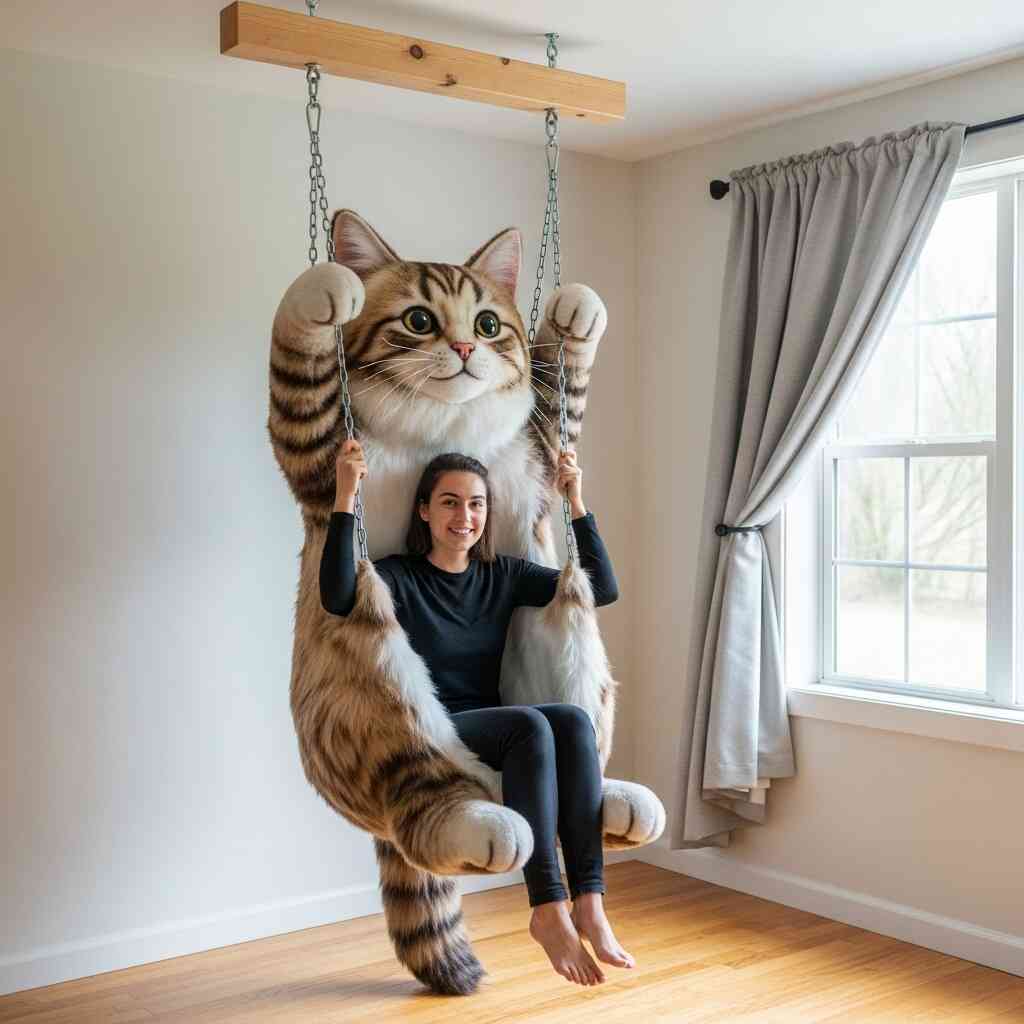
Part 3: Emotional and Psychological Benefits of the Hanging Cat Shaped Lounger
Connecting with Nature and Animal Imagery
Humans have long found comfort in the presence of animals, and even representations of them can evoke feelings of calm and companionship. The Hanging Cat Shaped Lounger taps into this innate connection by incorporating the image of a cat—an animal widely associated with independence, grace, and serenity.
Even in the absence of a real feline companion, the shape of the lounger can trigger positive emotions related to pet ownership. For those who miss having a cat nearby, or who cannot keep one due to allergies or living restrictions, this furniture offers a symbolic substitute. It provides a tactile and visual reminder of the gentle presence of a cat, helping to reduce feelings of loneliness or isolation.
Animal imagery in interior design has been shown to influence mood positively. Studies suggest that exposure to images of animals can lower stress levels, increase happiness, and promote a sense of well-being. The Hanging Cat Shaped Lounger , by embodying this principle in physical form, contributes to a more emotionally supportive living environment.
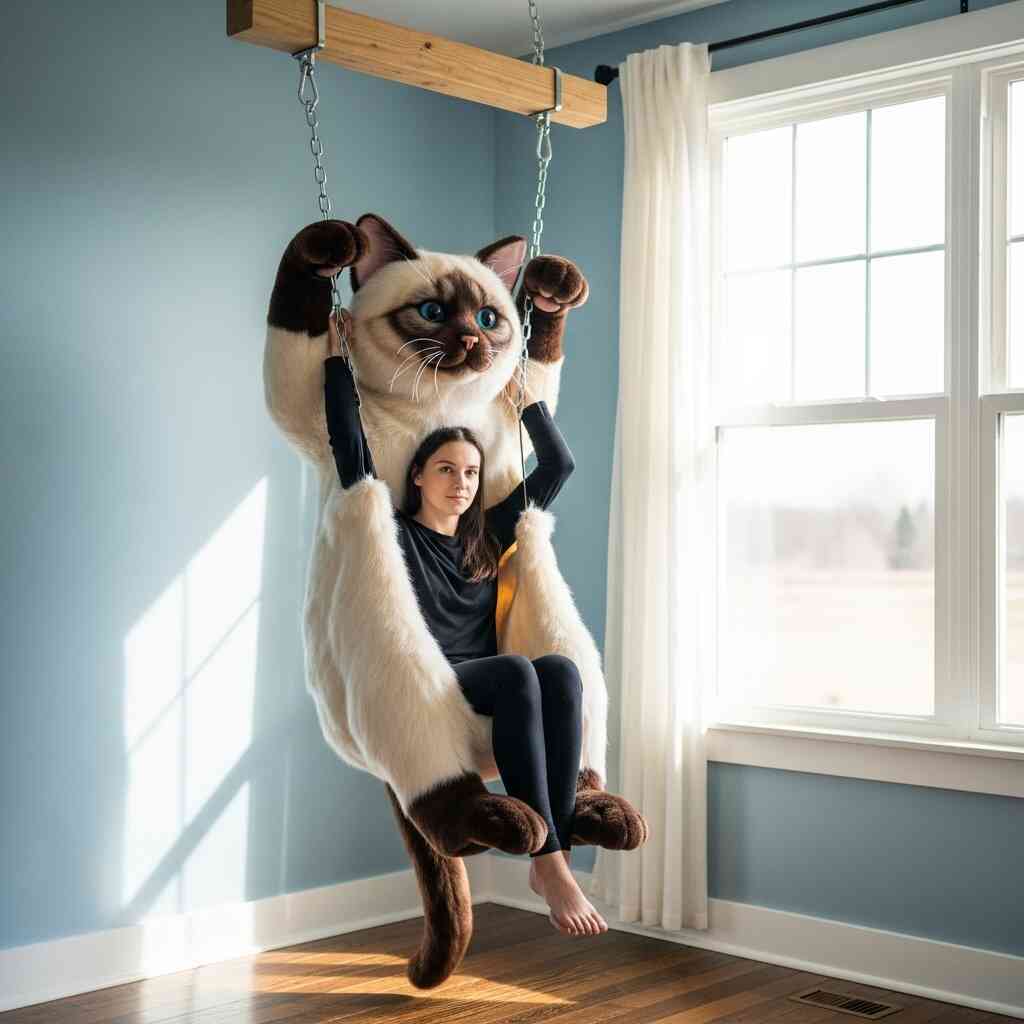
Encouraging Mindfulness and Relaxation
In today’s fast-paced world, finding moments of stillness is essential for mental health. The Hanging Cat Shaped Lounger facilitates mindfulness by offering a dedicated space for pause and reflection. Its gentle rocking motion encourages deep breathing and slower thoughts, aligning with practices such as meditation and yoga.
The act of settling into the lounger—feeling its embrace and hearing the soft creak of the suspension—can signal the brain to switch into a relaxed state. This kind of sensory experience is valuable for individuals dealing with anxiety, insomnia, or burnout. It helps create a ritual of self-care, reinforcing the importance of taking time for oneself.
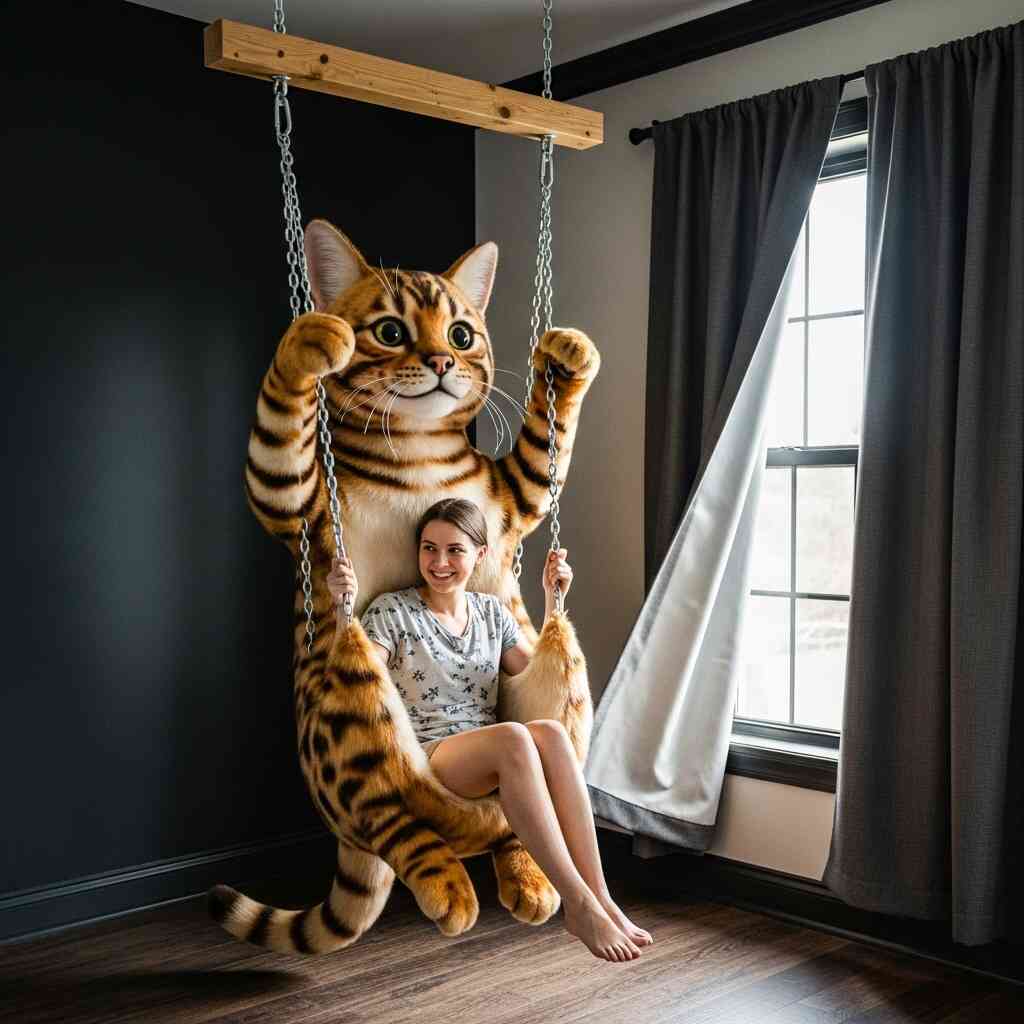
Conclusion
The Hanging Cat Shaped Lounger is more than just a piece of furniture—it’s a celebration of comfort, creativity, and companionship. Its unique design bridges the gap between art and function, transforming ordinary spaces into extraordinary sanctuaries. Whether admired for its aesthetic appeal, cherished for its emotional resonance, or appreciated for its versatility, this lounger offers something truly special.
By integrating a Hanging Cat Shaped Lounger into your living environment, you invite a sense of whimsy and warmth that few other furnishings can replicate. It becomes a personal haven, a design statement, and a gentle reminder to slow down and savor life’s quieter moments.
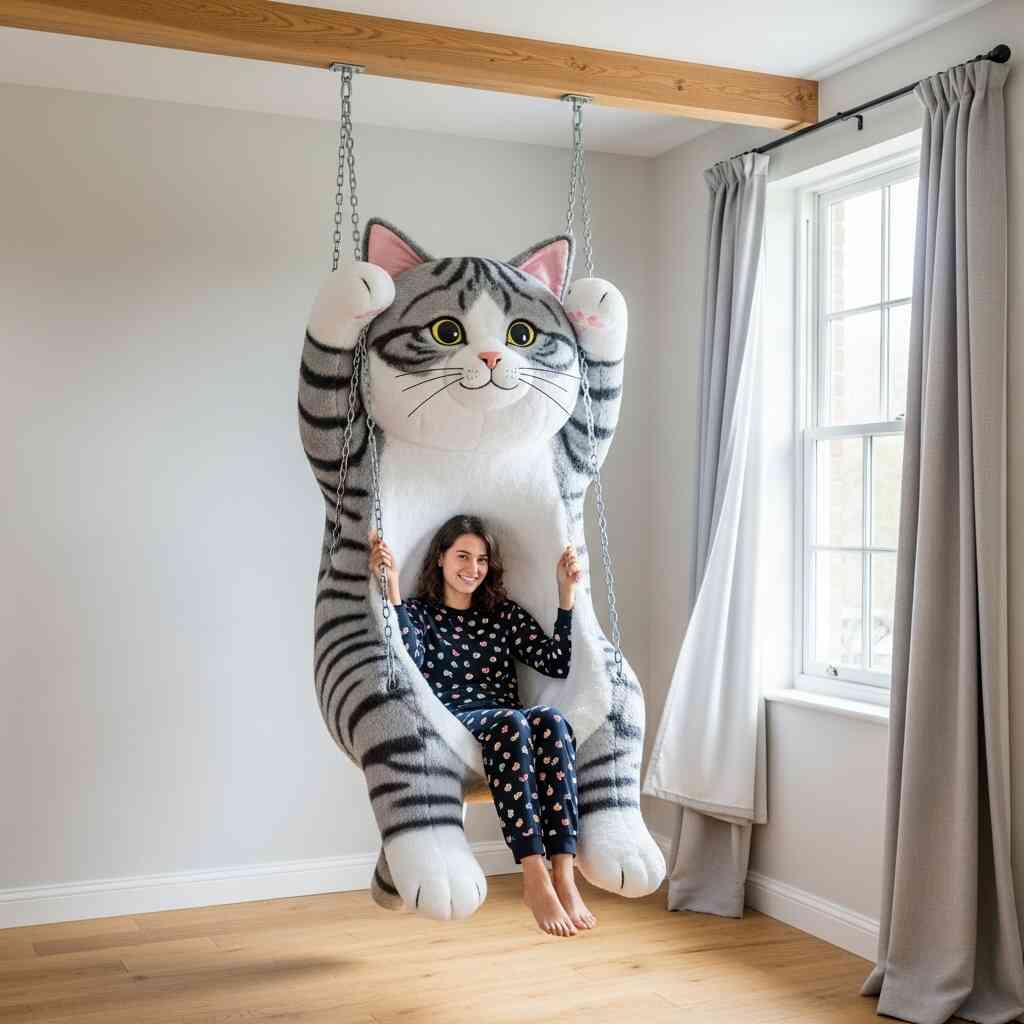
As we continue to seek balance between our digital lives and physical surroundings, pieces like the Hanging Cat Shaped Lounger remind us of the importance of comfort, connection, and creativity. They encourage us to surround ourselves with objects that bring joy—not just for their utility, but for the stories they tell and the feelings they evoke.

